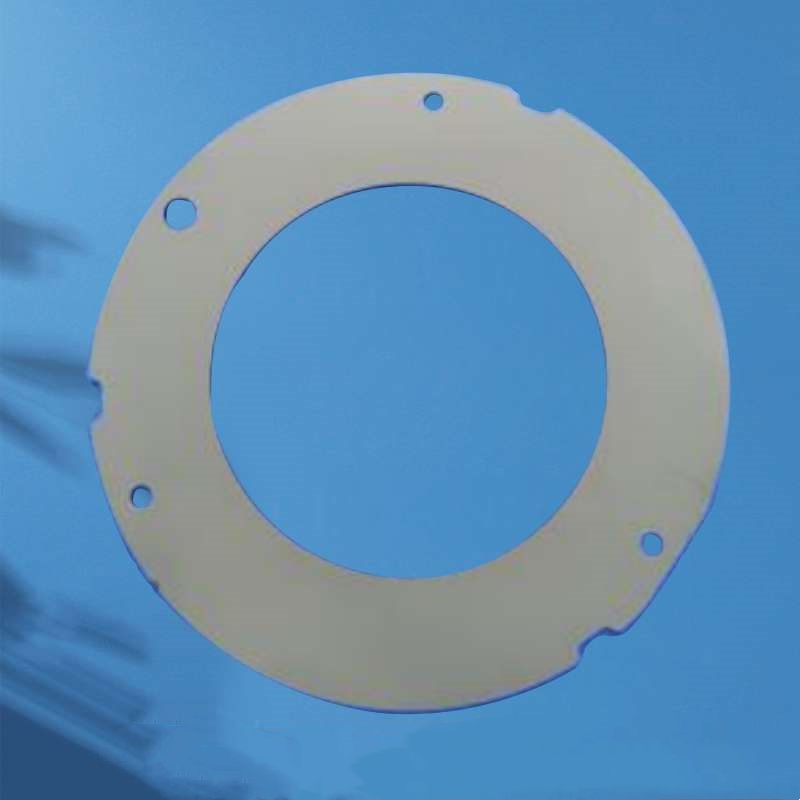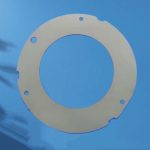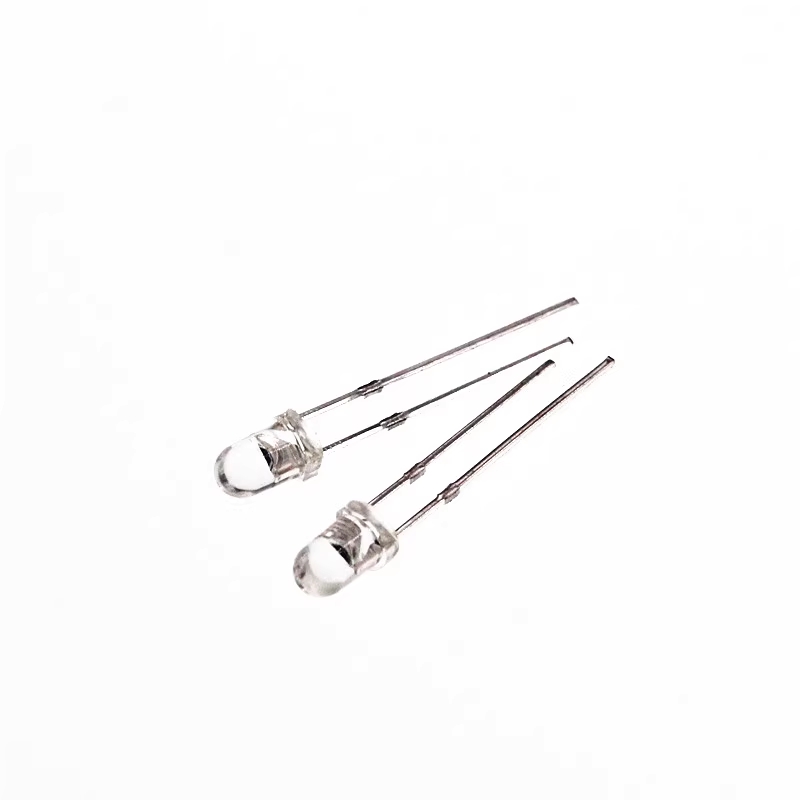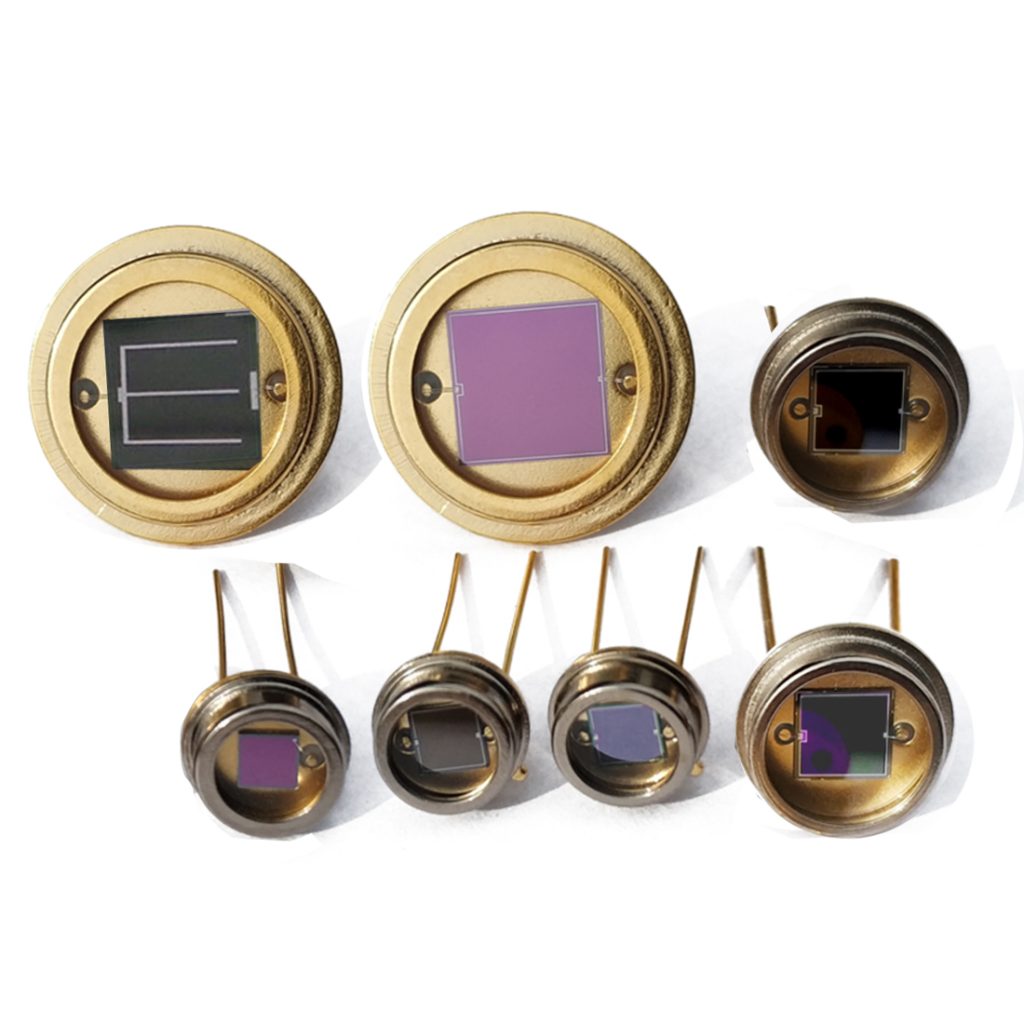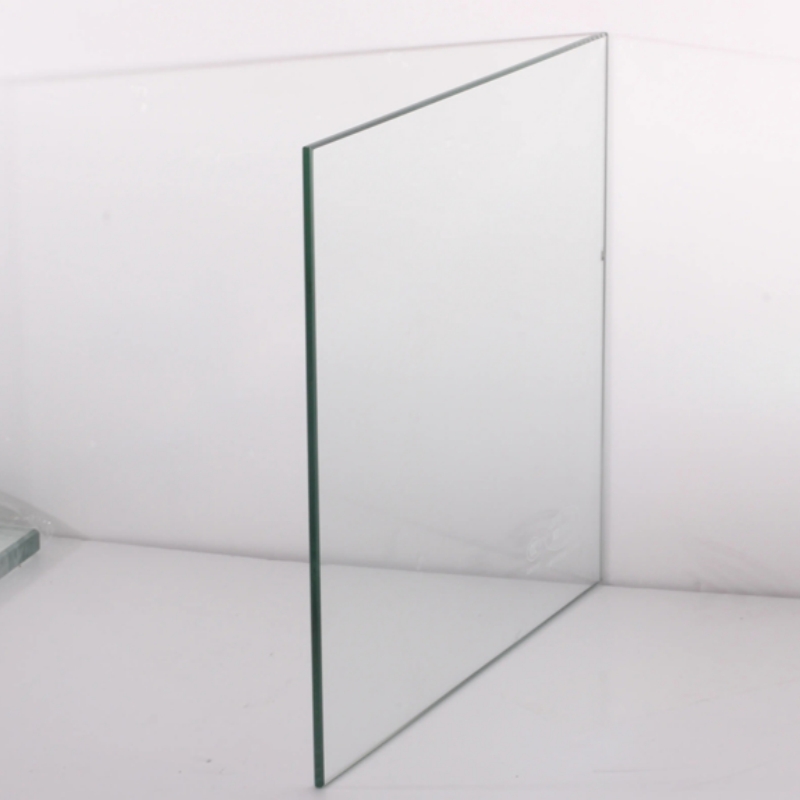MOCVD reflector rings are precision-engineered graphite components designed for metal-organic chemical vapor deposition (MOCVD) processes in semiconductor and optoelectronic manufacturing. These rings provide superior thermal stability, high chemical resistance, and optimized reflectivity, ensuring uniform heat distribution and minimal contamination. Manufactured using advanced high-purity graphite processing techniques, MOCVD reflector rings support high-efficiency epitaxial wafer growth, thin-film deposition, and LED production, guaranteeing long-term reliability in extreme high-temperature environments.
Product Overview
The MOCVD reflector ring is a key component in Metal Organic Chemical Vapor Deposition (MOCVD) processes. It is primarily used to enhance light reflection inside the reactor, ensuring uniform temperature distribution and an efficient reaction process. This reflector ring is manufactured with high precision and a consistent coating thickness, effectively improving the efficiency of the MOCVD process. It is widely used in high-tech industries such as semiconductors, optoelectronics, and LEDs.
Key Features
- High Reflectivity: Optimized reflection performance that increases light intensity within the reactor, ensuring uniform deposition.
- Excellent High-Temperature Resistance: Capable of withstanding long-term use in high-temperature environments, providing strong stability.
- Precise Dimensions and Coating Thickness: Precision manufacturing ensures accurate dimensions and uniform coating thickness.
- High-Purity Materials: Made from high-purity metal/ceramic composite materials, ensuring efficient performance and a long lifespan.
Applications
- Semiconductor Industry: Widely used in MOCVD processes for semiconductor manufacturing to enhance light reflection and temperature control.
- Optoelectronics: Used in the manufacturing of LED and laser devices to improve light reflection inside the reaction chamber.
- Advanced Manufacturing: Applied in high-precision manufacturing environments where efficient reflection and uniform temperature control are essential.
- New Energy Industry: Used in the deposition of photovoltaic materials and other advanced materials, enhancing process efficiency.
 new material
new material

